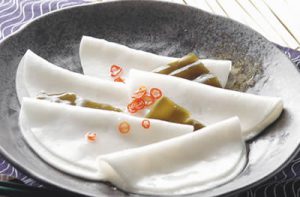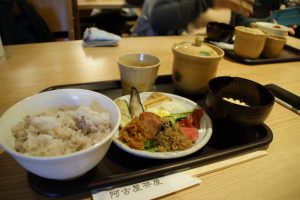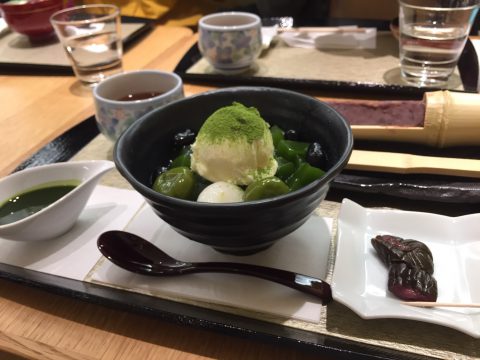Pickles (漬物 Tsukemono)
JAPANESE FOODS
20.06.2017
Pickles are Japanese traditional food, and these are good for preservation. The reason why pickles can be kept well in long time is that by treatment of salt to some kinds of vegetables, vegetables show higher osmotic pressure and discharge water. When we make pickles, we also use miso, rice bran, soy source, vinegar, and some spices.
Pickles are called “kou-no-mono” as another name in Japanese. “Kou” means smell. In ancient time, people ate pickles for reset the sense of smell when they played the smelling incense. Now, pickles are good garnishes for rice.
Most popular method of making pickles is using salt. For example, plum, radish, and Chinese cabbage are used for salting.
Pickled in rice bran is also popular method to make pickles. Pickled in rice bran is accompanied the process of fermentation. By using this method, vegetables absorb vitamin B1, so it was good for treatment to beriberi in Edo era. Pickled in rice bran is good for health, because it contains lactic acid bacteria and yeast. These substances have an effect to decompose harmful substances, so these improve intraintestinal environments. Rice bran also contains vitamin B, and vegetables are rich in vitamin C. It means that if you eat pickled in rice bran, it is good for beautiful skin and health!!
Another advantage of pickles is using special products in each area. For example, Senmai-zuke is famous in Kyoto. Shogoin-Turnips is one of Kyoyasai (vegetables made in Kyoto), and these turnips are pickled with sea cabbage, red pepper, and vinegar. The best season of Shogoin-Turnips is limited in winter, so Senmai-zuke is also produced in only winter. Senmai-zuke is good for treat to guests, because its appearance is glorious.

The photo which I showed below is that pickles of Akoyacyaya in Kyoto. You can enjoy buffet of pickles, it means that you can eat pickles as much as you want!! I recommend you to visit this restaurant and enjoy Japanese traditional food when you come to Japan.

cf.
http://www.jakyoto.com/modules/weblinks/singlelink.php?lid=63
http://www.cocomiru.jp/topic/zatsugaku37.html
http://www.tukeru.com/knowledge/knowledge_42.htm





